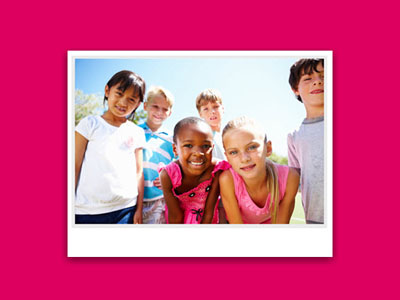 |
Course 04: Exploring Individual Differences in School-Age Children |
2.00 |
One of the most significant challenges for staff in OST programs is learning how to identify, manage, and respond appropriately to individual differences in a group setting. Some differences among children are the result of inborn characteristics and traits (e.g. physical characteristics, temperament, talents, race). Other differences are the result of external factors (e.g. the environment) or are cultivated as the child grows and develops (e.g. interests, skills, knowledge). The diverse needs, characteristics, interests, abilities, and skills of school-age children require a flexible atmosphere that supports diversity and choice for children with varying capacities for independent action. Staff who understand and appreciate individual differences in children are better equipped to plan and implement program experiences that help individual children grow and flourish in a group setting. |
 |
Prehospital Tracheostomy Care for the BLS Provider |
1.00 |
One of the most intimidating events for a BLS provider is the 911 call for a pediatric patient with a difficult airway. Dr. Christopher Harmon and Paramedic Kuo Downing Reese discuss the challenging topic of the emergent airway and tracheostomy management in the prehospital setting.
Final Exam: This multiple-choice exam is designed to test your knowledge of the material you just reviewed. You have two attempts to gain an 80% or higher on this exam. Please take your time and answer each question carefully. |
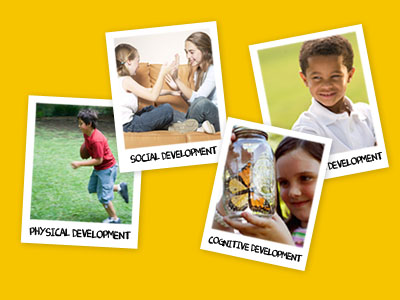 |
Course 02: Exploring Four Areas of School-Age Development |
2.00 |
One of the most helpful ways to gain an understanding of the needs and interests of youth between 5 and 12 is to examine their development from four different perspectives: 1) Physical Development, 2) Cognitive Development, 3) Social Development, and 4) Emotional Development. It is important for staff to keep all four of these areas in mind when planning and implementing program activities and experiences. Keeping the four areas of development in mind leads staff to design a balanced set of experiences that nurture and growth and development of the “whole child.” |
 |
Exploring Four Areas of School-Age Development (Collection) |
2.00 |
One of the most helpful ways to gain an understanding of the needs and interests of youth between 5 and 12 is to examine their development from four different perspectives: 1) Physical Development, 2) Cognitive Development, 3) Social Development, and 4) Emotional Development. It is important for staff to keep all four of these areas in mind when planning and implementing program activities and experiences. Keeping the four areas of development in mind leads staff to design a balanced set of experiences that nurture and growth and development of the "whole child." |
 |
Exploring Four Areas of School-Age Development |
2.00 |
One of the most helpful ways to gain an understanding of the needs and interests of youth between 5 and 12 is to examine their development from four different perspectives: 1) Physical Development, 2) Cognitive Development, 3) Social Development, and 4) Emotional Development. It is important for staff to keep all four of these areas in mind when planning and implementing program activities and experiences. Keeping the four areas of development in mind leads staff to design a balanced set of experiences that nurture and growth and development of the “whole child.” |
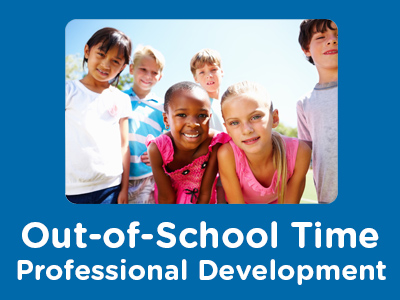 |
Exploring Four Areas of School-Age Development: Social Development |
0.50 |
One of the most helpful ways to gain an understanding of the needs and interests of youth between 5 and 12 is to examine their development from four different perspectives: 1) Physical Development, 2) Cognitive Development, 3) Social Development, and 4) Emotional Development. In this course, we will explore the social development perspective. |
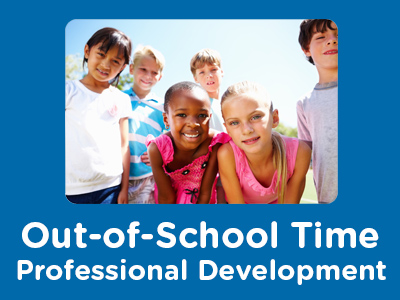 |
Exploring Four Areas of School-Age Development: Physical Development |
0.50 |
One of the most helpful ways to gain an understanding of the needs and interests of youth between 5 and 12 is to examine their development from four different perspectives: 1) Physical Development, 2) Cognitive Development, 3) Social Development, and 4) Emotional Development. In this course, we will explore the physical development perspective. |
 |
Exploring Four Areas of School-Age Development: Emotional Development |
0.50 |
One of the most helpful ways to gain an understanding of the needs and interests of youth between 5 and 12 is to examine their development from four different perspectives: 1) Physical Development, 2) Cognitive Development, 3) Social Development, and 4) Emotional Development. In this course, we will explore the emotional development perspective. |
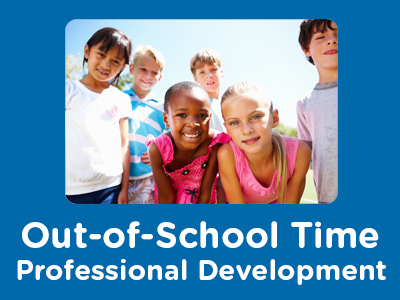 |
Exploring Four Areas of School-Age Development: Cognitive Development |
0.50 |
One of the most helpful ways to gain an understanding of the needs and interests of youth between 5 and 12 is to examine their development from four different perspectives: 1) Physical Development, 2) Cognitive Development, 3) Social Development, and 4) Emotional Development. In this course, we will explore the cognitive development perspective. |
 |
Exploring Four Areas of Development of Children K-6 for Paraprofessionals |
1.00 |
One of the most helpful ways to gain an understanding of the needs and interests of students ages 5-12 is to examine their development from four different perspectives: physical, cognitive, social, and emotional. It is important for paraprofessionals to keep all four of these areas in mind when helping educators implement classroom activities and experiences. Keeping the four areas of development in mind helps staff to better understand the development of the whole child. |
 |
Concreting: Assessing the Elderly—Respiratory |
1.00 |
One of the most common responses for EMS providers is the chief complaint of shortness of breath (SOB). In this session, we discuss the challenges of obtaining a history of present illness (HPI) in a patient that potentially has one of three significant differentials: COPD, pulmonary embolism, or pneumonia. We will also briefly discuss what a BLS provider should do when preparing these patients for ALS level care. Final Exam: This multiple choice exam is designed to test your knowledge of the material you just reviewed. You have two attempts to gain an 80% or higher on this exam. Please take your time and answer each question carefully. |
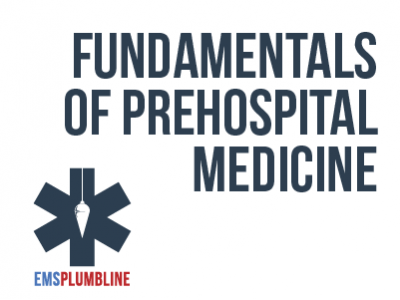 |
Assessing the Elderly—Dementia vs. Delirium |
0.50 |
One of the most common challenges that EMS crews face when assessing elderly patients is to differentiate between dementia and delirium. This brief review will allow providers the opportunity to assess their knowledge of the topic. The lesson concludes with a few challenging exam questions that will be fuel for good discussion within your agency.
Final Exam: This multiple-choice exam is designed to test your knowledge of the material you just reviewed. You have two attempts to gain an 80% or higher on this exam. Please take your time and answer each question carefully. |
 |
Guiding the Behavior of Individual Students for Paraprofessionals |
1.00 |
One of the developmental needs of students is their need for guidance with behaviors. This course will develop knowledge and understanding surrounding strategies to use with students to develop their self-discipline, and self-direction, and to establish positive relationships with others. |
 |
Guiding Students in Groups for Paraprofessionals |
1.00 |
One of the developmental needs of students is their need for guidance with behaviors. This course will develop knowledge and understanding surrounding strategies to use with students to develop self-discipline and self-direction and establish positive relationships with others. This understanding will help paraprofessionals effectively support, nurture, and guide individual differences and fosters positive interaction among students in groups. |
 |
Getting Your Board Involved in Your Development Efforts |
1.00 |
One of the biggest challenges any development professional faces is actively engaging your Board in the fundraising effort for your organization. This Webinar walks you through a systematic process for creating an individualized fundraising plan for each Board member and gives you tools to help you support your CEO and Board Chair in creating policies and procedures that encourage your Board to become active advocates for the development effort. |
 |
Interviewing Skills: Planning and Preparing |
1.00 |
Once you have written success factors related to the position you are filling, you need to plan for the interview.
In this course you will learn to: identify the steps to establish a plan for an interview, and identify the steps to prepare an office for an interview. |
 |
Interviewing Skills: Planning and Preparing (Instructor Guide) |
1.00 |
Once you have written success factors related to the position you are filling, you need to plan for the interview.
In this course you will learn to: identify the steps to establish a plan for an interview, and identify the steps to prepare an office for an interview.
This Instructor's Edition of this course includes notes and suggestions to assist you in presenting the material, whether in an in-person classroom setting, or as an instructor-led online or distance-learning course. It also provides you with the answers to questions found in mid-lesson activities, as well as in the quiz that concludes the course. |
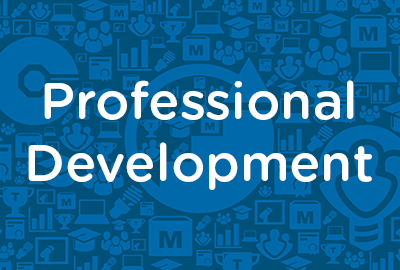 |
Interviewing Skills: Following Up |
0.67 |
Once you have conducted the interview, you need to do a follow-up and perform a self-evaluation of your interviewing skills.
In this course you will learn to: complete follow-up tasks after an interview. |
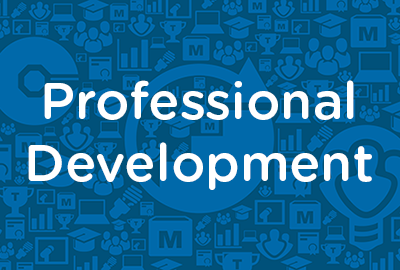 |
Interviewing Skills: Following Up (Instructor Guide) |
0.67 |
Once you have conducted the interview, you need to do a follow-up and perform a self-evaluation of your interviewing skills.
In this course you will learn to: complete follow-up tasks after an interview.
This Instructor's Edition of this course includes notes and suggestions to assist you in presenting the material, whether in an in-person classroom setting, or as an instructor-led online or distance-learning course. It also provides you with the answers to questions found in mid-lesson activities, as well as in the quiz that concludes the course. |
 |
Project Teams: Decision-Making in a Project Team |
1.00 |
Once a project team comes up with options for implementing a project, they must decide which option to use. There are various methods the team can use to make a decision, ranging from authority decision-making to consensus.
In this course you will learn to: use the various methods of decision-making available to project teams, and resolve conflicts and achieve consensus in a project team. |
 |
Project Teams: Decision-Making in a Project Team (Instructor Guide) |
1.00 |
Once a project team comes up with options for implementing a project, they must decide which option to use. There are various methods the team can use to make a decision, ranging from authority decision-making to consensus.
In this course you will learn to: use the various methods of decision-making available to project teams, and resolve conflicts and achieve consensus in a project team.
This Instructor's Edition of this course includes notes and suggestions to assist you in presenting the material, whether in an in-person classroom setting, or as an instructor-led online or distance-learning course. It also provides you with the answers to questions found in mid-lesson activities, as well as in the quiz that concludes the course. |
 |
Offender Corrections |
1.00 |
Offender Corrections
This course intends to help you learn more about yourself, including your subconscious script, personal values, and consequences of actions. By the end of this course, you should feel better equipped to make positive changes to turn your life around.
|
 |
Observation Skills: What's Going on Here? |
2.00 |
Observation forms the basis of much of what people plan and do every day. As staff work with children in school-age programs, observation takes a more formal role. High quality school-age care is based on the principle of developmentally appropriate practices. Developmentally appropriate practices combine general knowledge of child development with specific knowledge of each individual child. Conducting objective observations help staff learn about each child's development, and provides staff with valuable information to use in planning and implementing appropriate program experiences and in developing effective guidance strategies. |
 |
Course 07: Observation Skills - What's Going on Here? |
2.00 |
Observation forms the basis for much of what people plan and do every day. As staff work with children in school-age programs, observation takes a more formal role. High quality school-age care is based on the principle of developmentally appropriate practices. Developmentally appropriate practices combine general knowledge of child development with specific knowledge of each individual child. Conducting objective observations help staff learn about each child’s development and provides staff with valuable information to use in planning and implementing appropriate program experiences and in developing effective guidance strategies. |
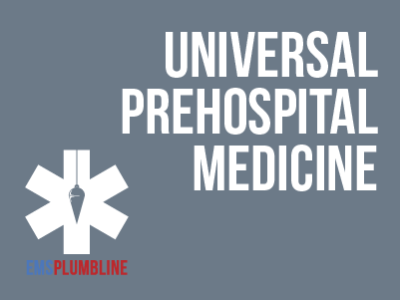 |
End-of-Life Care (Part 1): Introduction—Palliative Care |
1.00 |
Nursing educator Dr. Jacqueline Coates, DNP, MS, RN, FNP-C, is a retired paramedic who brings her experiences in prehospital medicine and hospice to this introductory lesson in palliative care. The series begins by discussing the concepts of hospice and palliative care. Her expertise and teaching acumen provide several opportunities for you and your team to expound upon the principles she introduces.
The multiple-choice exam is designed to test your knowledge of the material you just reviewed. You have two attempts to gain an 80% or higher on this exam. Please take your time and answer each question carefully. |


























